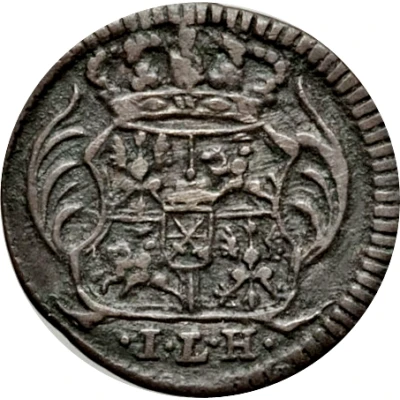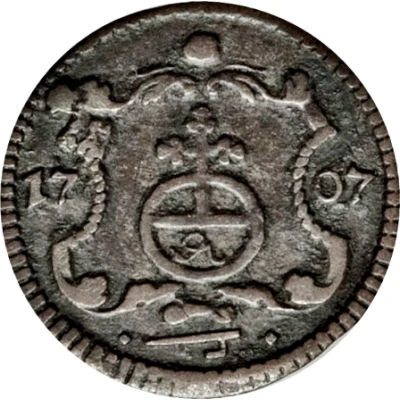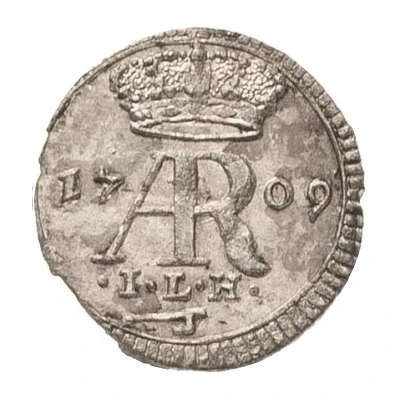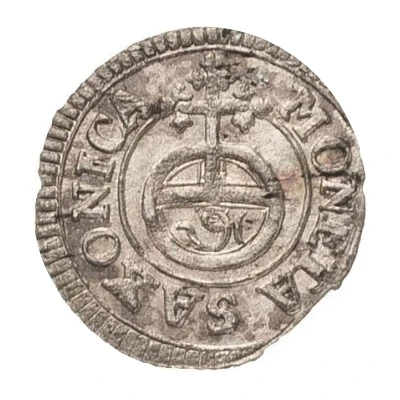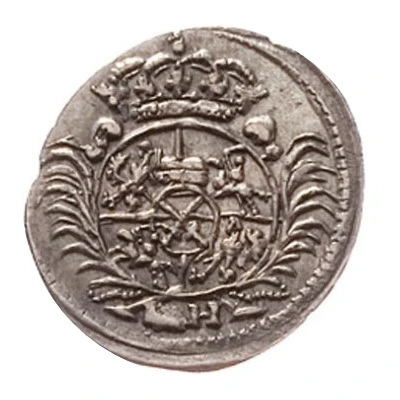
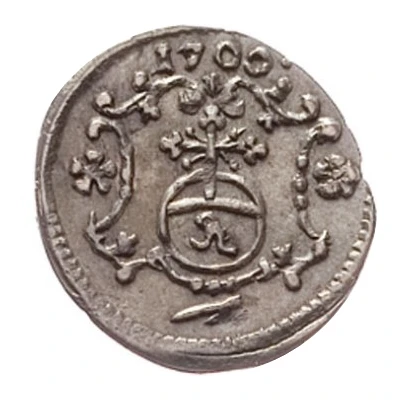

© Leipziger Münzhandlung und Auktion Manfred Höhn
1 Pfennig - Frederick August I
1700 year| Billon | - | - |
| Issuer | Electorate of Saxony (Albertinian Line) (German States) |
|---|---|
| Issuer | Electorate of Saxony (Albertinian Line) (German States) |
| Prince elector | Frederick Augustus I (Friedrich August I) (1694-1733) |
| Prince elector | Frederick Augustus I (Friedrich August I) (1694-1733) |
| Type | Standard circulation coin |
| Type | Standard circulation coin |
| Year | 1700 |
| Year | 1700 |
| Value | 1 Pfennig (1⁄288) |
| Value | 1 Pfennig (1⁄288) |
| Currency | Thaler (1493-1805) |
| Currency | Thaler (1493-1805) |
| Composition | Billon |
| Composition | Billon |
| Shape | Round |
| Shape | Round |
| Demonetized | Yes |
| Demonetized | Yes |
| Updated | 2024-10-05 |
| Numista | N#188690 |
|---|---|
| Rarity index | 100% |
Reverse
Imperial orb in cartouche, date above.
Script: Latin
Interesting fact
One interesting fact about the 1 Pfennig coin from the Electorate of Saxony (Albertinian Line) is that it was made of Billon, which is an alloy of copper and silver. This was a common practice in the early modern period, as it allowed for the production of coins with a lower silver content, making them more affordable to produce and circulate. The use of Billon in coinage also made it easier to create coins with a consistent weight and value, as the alloy could be carefully controlled and standardized. This coin is a great example of how coinage technology and materials have evolved over time, and how different regions and states have used different materials to create their currency.
